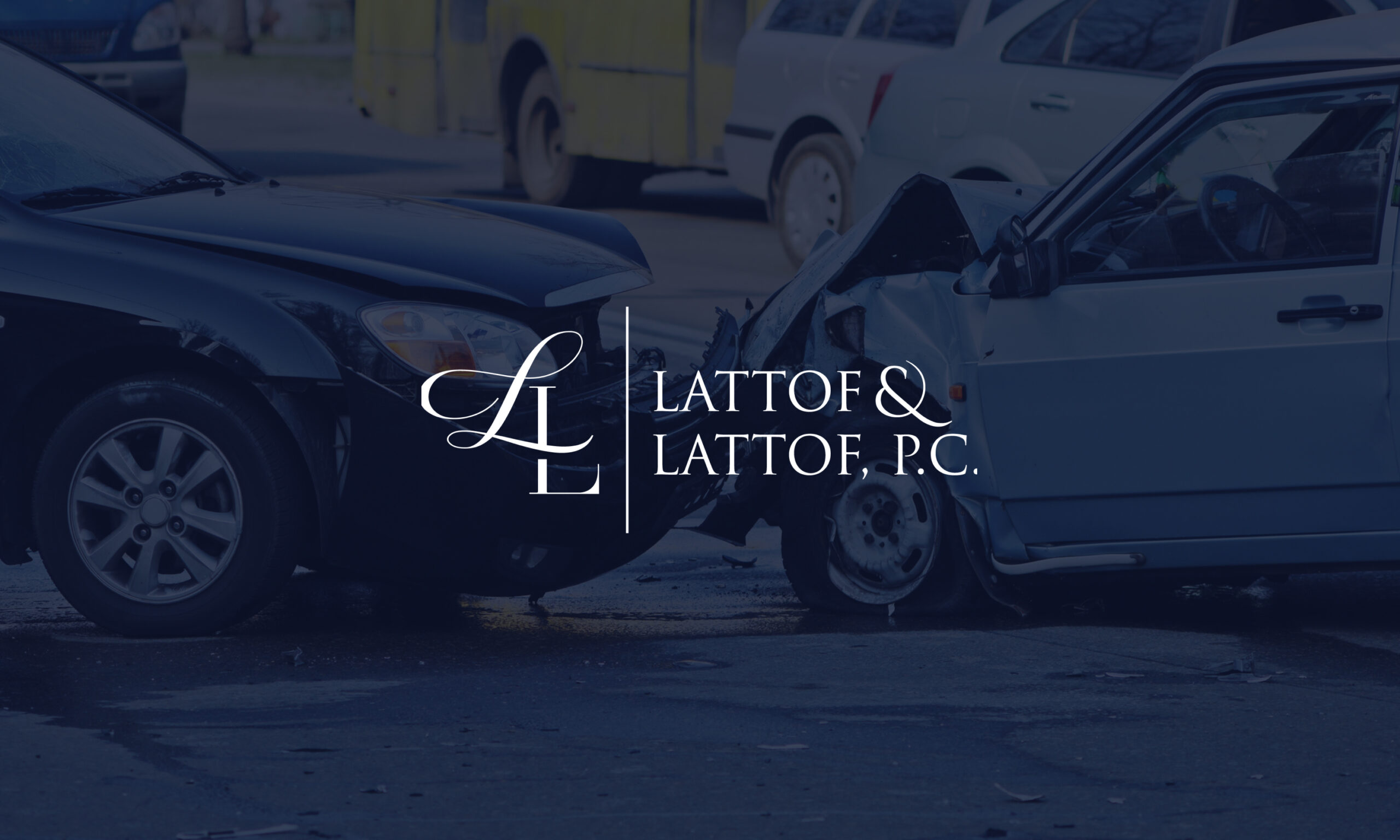Car accidents and falls are common causes of neck injuries. These personal injury accidents can cause chronic pain and debilitating conditions for individuals. Two of the most common neck injuries occur at the C4/C5 and C5/C6 vertebrae.
What is the Cervical Spine?
The spinal column is made up of the tendons, muscles, and bones that protect the spinal cord. It begins at the base of the skull and ends at the tailbone. The bones in the spinal column are called vertebrae.
The cervical spine has seven vertebrae. They are identified as C1 through C7. These bones have several purposes.
The cervical bones protect the spinal cord. They also support your head and provide the flexibility you need to move your head in different directions. The cervical bones also help facilitate blood flow to and from the brain.
In addition to the vertebrae, cervical discs cushion the vertebrae and absorb the shocks caused by moving your head and neck. Spinal discs are made up of three sections.
The inner portion of the disc is a gel-like material called the nucleus pulposus. An outer fiber-like material called the annulus fibrosus protects the gel-like center of the intervertebral disc.
What are Herniated C4/C5 and C5/C6 Discs?
A herniated disc occurs when the gel-like portion of the disc (nucleus) leaks through the tough outer portion (annulus) of the disc. Some people refer to a herniated disc as a ruptured disc because the nucleus “ruptures” through the annulus. Bulged disc or slipped disc are other terms that you might hear when people describe a herniated disc.
The nucleus of the disc contains inflammatory proteins. Therefore, when the gel-like material seeps out into the spinal column, it can cause severe pain when it contacts the nerves in the spinal column.
Tears in the outer annulus and other injuries to the disc can allow the nucleus to seep into the spinal column. Common incidents and accidents that can cause damage to the C4/C5 and C5/C6 discs include:
- Motor vehicle accidents
- Slip and fall accidents
- Motorcycle crashes
- Work-related accidents
- Wear and tear from aging (disc degeneration)
- Truck accidents
- Lifting heavy objects
- Assaults and violent acts
- Pedestrian accidents
- Sports and recreational activities
- Bicycle accidents
- Construction accidents
- Injuries caused by defective products
Any blunt for trauma or a sudden twist of the neck can put enough pressure on the C4/C5 or C5/C6 disc to cause tears or bulges that allow the fluid to leak. The bulging part of the outer portion of the disc can also press against nerves to cause pain in the cervical spine.
Signs and Symptoms of a Herniated C4/C5 Disc or Herniated C5/C6 Disc
The most common symptom of a herniated C4/C5 or C5/C6 disc is pain. The pain can be sharp, stabbing pains at the site of the herniated disc or constant burning pain.
Pain may also shoot down through the shoulders into the back, arms, and legs. Some individuals report numbness, tingling, or weakness in their extremities.
Individuals with a herniated C5/C6 or C4/C5 disc could have trouble lifting objects. Lifting heavy objects could intensify the pain. Moving in certain ways could also increase the pain from the herniated disc.
The location of the herniated disc could impact the type of symptoms, which can help a physician determine the location of the herniated disc. For example, a herniated C4/C5 disc can cause pain and weakness throughout the shoulders, including the deltoid muscles. Tingling and numbness can occur, but it is not common.
However, tingling and numbness are common with a herniated C5/C6 disc. Weakness and pain may also be worse in the forearms, biceps, and hands. Limited range of motion is another common symptom of a herniated C5/C6 disc.
Treating Herniated Cervical Discs
A physician evaluates a person’s balance, range of motion, pain, reflexes, sensory loss, and other things during a physical examination. The doctor might also order one or more imaging tests to diagnose a herniated disc, such as an MRI or CT scan.
The treatment plan for a herniated disc at C4/C5 or C5/C6 depends on the severity of the injury. Treatments for a herniated cervical disc might include:
- Pain medications
- Rest
- Muscle relaxers
- NSAIDs for pain and swelling
- Physical therapy
- Nerve root injections
- Epidural steroid injections
Trouble standing and walking or loss of bowel or bladder control might indicate the necessity of cervical surgery.
Individuals who sustain a herniated disc at C4/C5 or C5/C6 can require extensive medical treatment. Some individuals may not be able to work until they recover from the herniated disc. Other individuals could sustain permanent impairments.
Filing a personal injury claim can help recover compensation for your lost medical bills, loss of income, and other damages. If you have questions about filing a personal injury claim, you can ask a personal injury lawyer.


